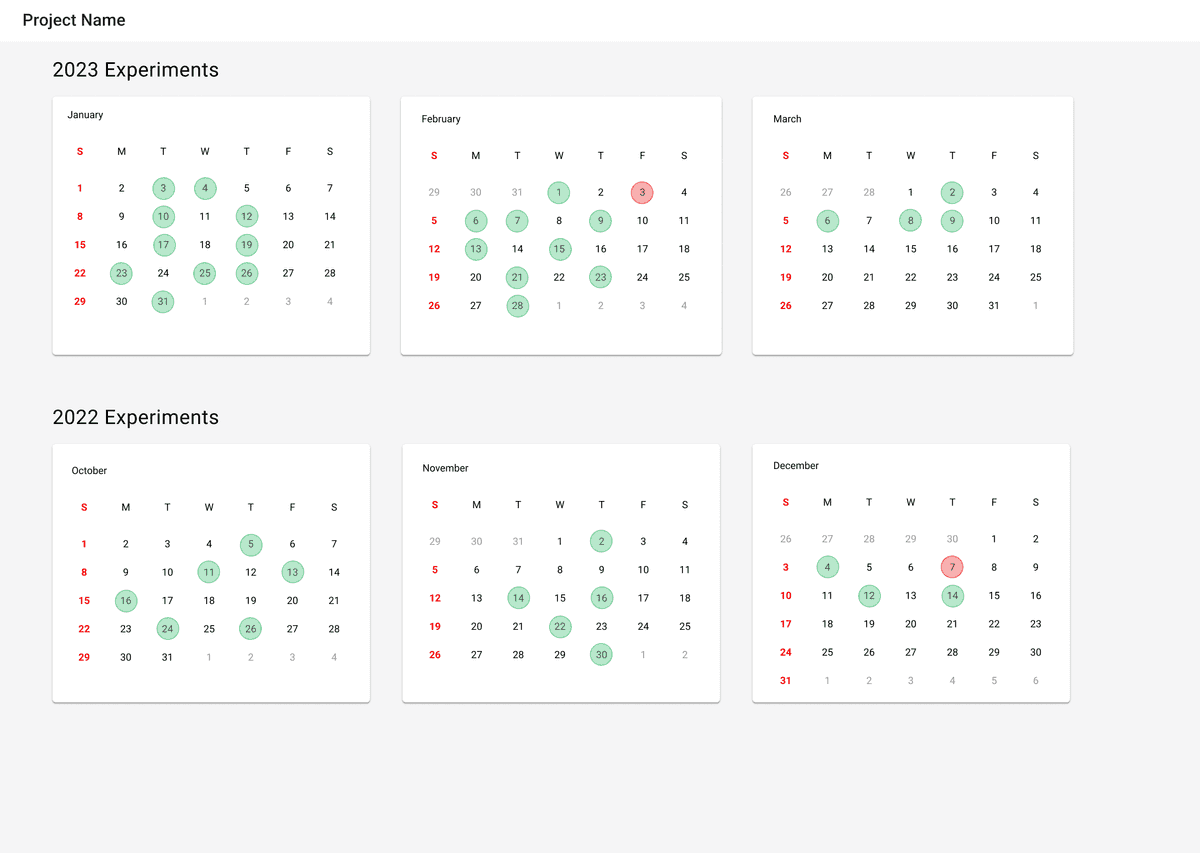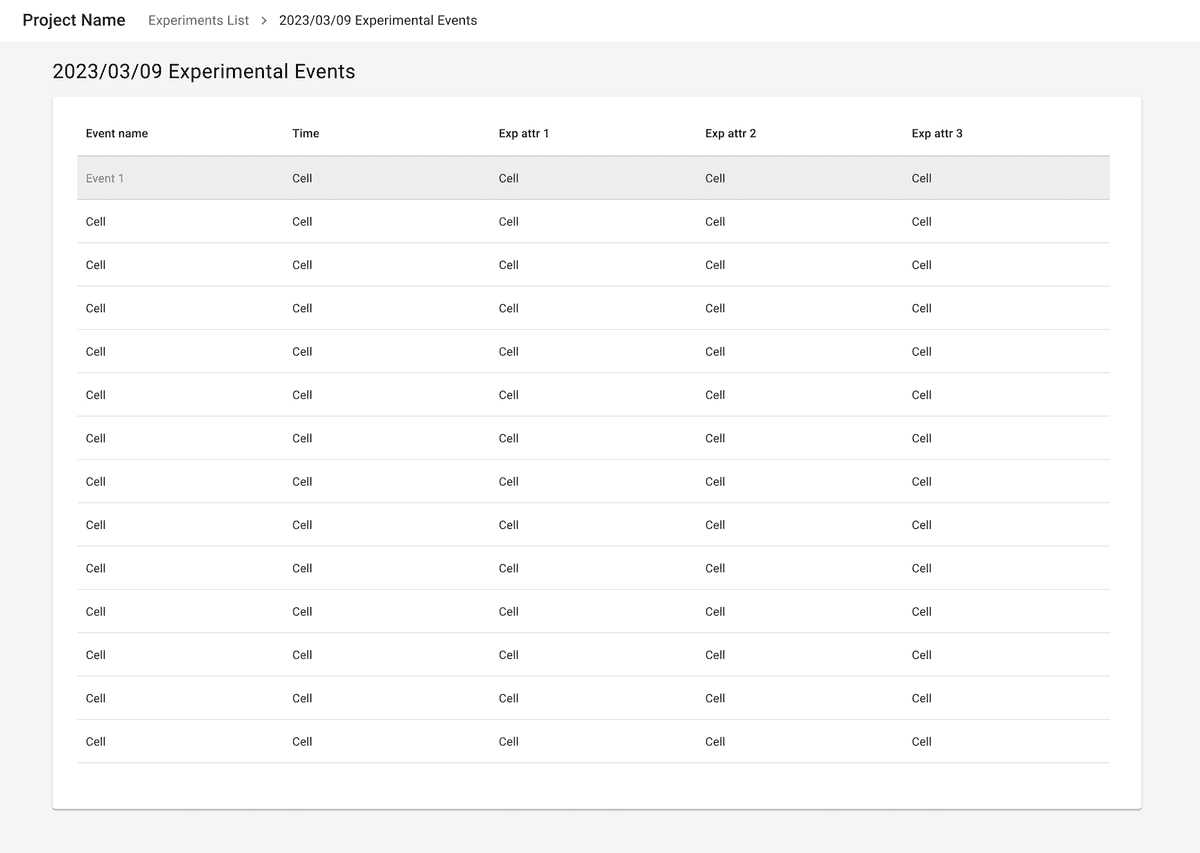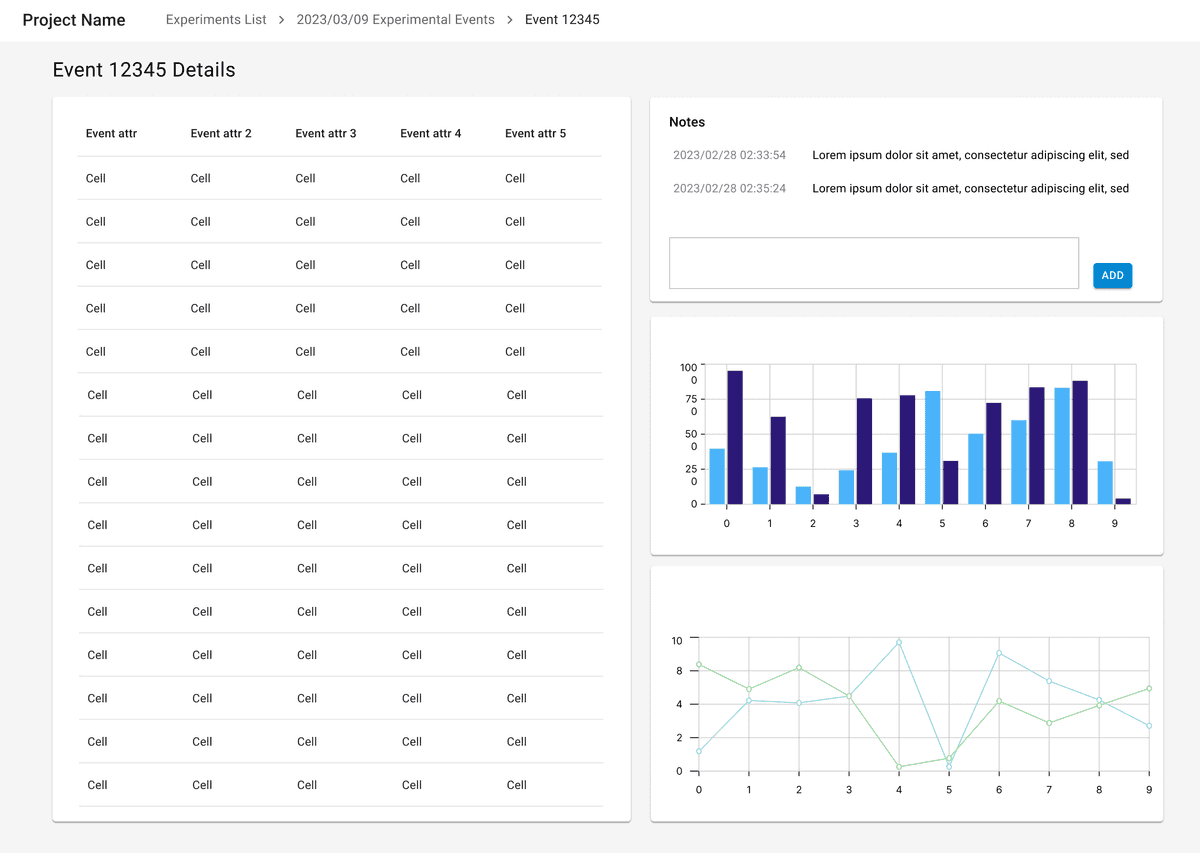Overview
Guidelines for adapting the Task Flow
- Real-time experiments
The display should refresh to show new data as the data becomes available.
If data or events need to be reviewed, highlight the new data / events to draw attention to the ones needing review.
To support real-time decision making, keep the display as simple as possible with only what data is needed to make decisions. Plots and other quick analysis methods can be useful for these determinations.
Consider providing a simple way for users to add notes alongside monitored events.
If the monitor is to be used alongside other software, consider providing a smaller aspect ratio app for monitoring events. Provide a full desktop ratio version for more detailed work.
- Asynchronous monitors
Users may rely on scanning states to help determine next steps. For example, in a job monitor, some indication if the job failed is helpful to determine if the job should be re-run. In cases of experimental observations, the state can determine if more observations are needed.
While real-time monitors should be kept simple, asynchronous monitors can be much more data dense, since time is not as constrained. Rich data access can help users determine next steps.






